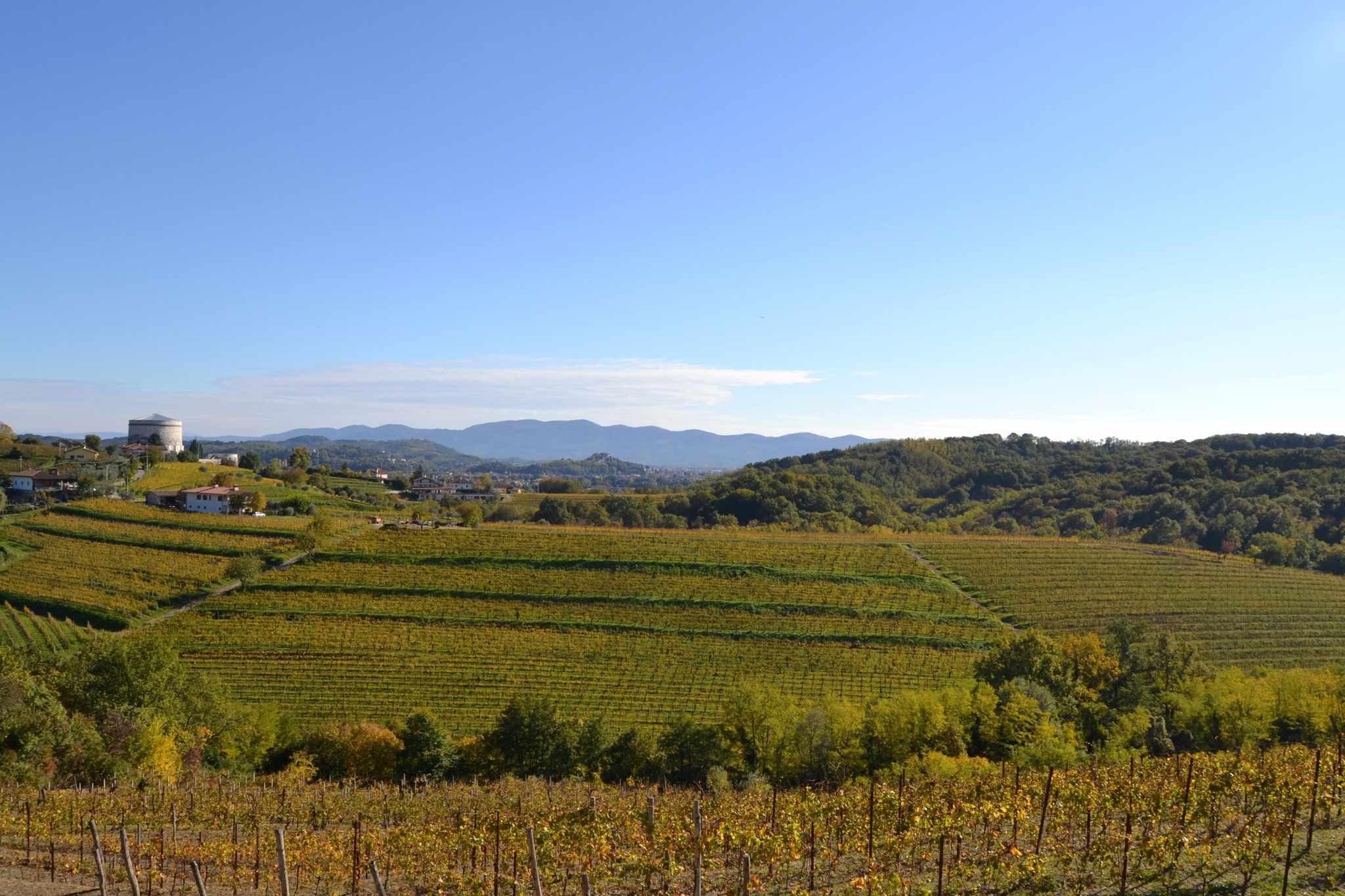
Il Taleggio è uno di quei formaggi che raccontano, a ogni morso, una storia lunga secoli. Le sue origini affondano tra le valli lombarde – in particolare l’omonima Val Taleggio, nel bergamasco – dove già in epoca medievale si produceva questo formaggio morbido, pensato per conservare il latte durante i mesi invernali.
Col tempo, da alimento contadino è diventato un simbolo della grande tradizione casearia italiana. Dalla fine dell’Ottocento, complice il miglioramento dei trasporti e delle tecniche di stagionatura, ha cominciato a varcare i confini locali, fino a conquistare riconoscimenti ufficiali. Dal 1996 il Taleggio è protetto dalla Denominazione di Origine Protetta (DOP): un sigillo che ne certifica provenienza, lavorazione e qualità.
Prodotto con latte vaccino intero, stagionato almeno 35 giorni e caratterizzato dalla tipica crosta lavata, il Taleggio DOP si distingue per la sua pasta cremosa e il gusto deciso, con note che ricordano il burro, la frutta secca e una piacevole acidità. Non è solo un formaggio da tagliere: in cucina è un ingrediente versatile, perfetto per arricchire primi piatti, risotti, torte salate e anche abbinamenti più creativi.
Export in crescita: nel 2024 +11,6% rispetto all’anno precedente
A questa storia antica si affianca un presente vivace e dinamico. Nel 2024 le esportazioni di Taleggio DOP sono cresciute dell’11,6% rispetto all’anno precedente, confermando il crescente apprezzamento del formaggio italiano sui mercati internazionali.
I dati – diffusi dal Consorzio Tutela Taleggio in occasione dell’assemblea annuale del 16 maggio 2025 – parlano chiaro: 2.574 tonnellate esportate, pari al 29,6% della produzione totale, che ha raggiunto gli 8,7 milioni di kg. Una produzione stabile, che continua a garantire elevati standard qualitativi anche in un contesto economico sfidante.
L’Europa resta il principale sbocco commerciale, con il 67% dell’export concentrato tra Francia (oltre 465 mila kg), Germania (quasi 395 mila kg) e Belgio (oltre 217 mila kg), tutti in crescita. Ma anche i mercati extra-UE danno ottimi segnali: gli Stati Uniti confermano la loro leadership fuori dall’Europa con 362.524 kg, seguiti dal Regno Unito con quasi 160 mila kg.
In cucina e a tavola: come gustare il Taleggio DOP
Il Taleggio dà il meglio di sé a temperatura ambiente, quando la pasta si ammorbidisce e sprigiona appieno il suo profumo. Può essere servito in purezza, accompagnato da pane rustico o focaccia, ma anche valorizzato in ricette che ne esaltano la cremosità.
Abbinamenti ideali? Con la polenta taragna, in una pasta con radicchio e noci, o sciolto su crostoni con pere e miele di castagno. Sorprende anche in versione dolce, accostato a una confettura di fichi o a cioccolato fondente.
Per quanto riguarda il vino, la sua personalità decisa si abbina bene a bianchi morbidi e strutturati, oppure a rossi di media intensità. Chi ama le bollicine può osare con un Metodo Classico a lunga permanenza sui lieviti.
Taleggio DOP: a taste of history with a growing international success
Creamy, aromatic and deeply Italian. Taleggio is one of those cheeses that tell a story with every bite—a story that began centuries ago in the Lombardy region. Named after the picturesque Val Taleggio, near Bergamo, this soft cheese has been produced since the Middle Ages, originally crafted to preserve milk through the colder months.
Over time, what began as a humble mountain product became a pillar of Italy’s dairy heritage. By the late 19th century, improvements in transportation and aging techniques allowed Taleggio to expand beyond its local roots. In 1996, it was officially granted DOP status, guaranteeing its authenticity, origin, and adherence to strict production standards.
Made from whole cow’s milk, with a washed rind and a minimum aging period of 35 days, Taleggio DOP is famous for its creamy texture and bold flavor—rich with buttery notes, a hint of tang, and nutty undertones. While it shines on a cheese board, it’s also a star in the kitchen, adding depth to everything from risottos to savory pies and even more creative pairings.
Exports soar: +11.6% growth in 2024
Taleggio’s long history now meets a vibrant and forward-looking present. In 2024, exports of Taleggio DOP rose by 11.6%, reflecting the growing demand for this iconic Italian cheese across global markets.
According to data released by the Taleggio DOP Protection Consortium during its annual assembly on May 16, 2025, over 2,574 tonnes were exported last year—29.6% of total production, which reached 8.7 million kg. Despite economic and environmental challenges, production has remained stable, ensuring quality and consistency throughout the supply chain.
Europe remains the strongest export market, absorbing 67% of total exports. Leading the way are France (over 465,000 kg), Germany (almost 395,000 kg), and Belgium (over 217,000 kg)—all showing growth compared to 2023. Beyond the EU, the United States remains the top non-EU destination with 362,524 kg, followed by the United Kingdom with nearly 160,000 kg.
How to enjoy Taleggio DOP: pairing tips and serving suggestions
Taleggio is best enjoyed at room temperature, when the paste softens and its aroma is at its peak. It’s perfect on its own, served with rustic bread or focaccia, but it also works beautifully in cooked dishes.
Pairing ideas? Try it melted over polenta taragna, in a pasta with radicchio and walnuts, or on crostini with pear and chestnut honey. For a sweet surprise, pair it with fig jam or dark chocolate.
In terms of wine, Taleggio’s character pairs well with structured whites like aged Chardonnay or Verdicchio, and medium-bodied reds such as Barbera, Chianti, or a Valcalepio Rosso. For bubbles lovers, a long-aged Traditional Method sparkling wine makes a refined match.



